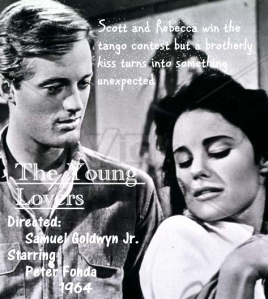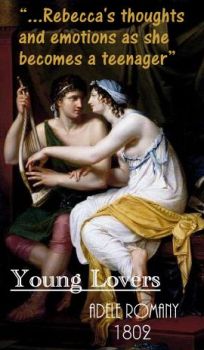2000, April 4 – PUBLISHED “SEVENTH GRADE TANGO”
 Scott and Rebecca win the tango contest at their Middle T. Harris School dance contest and only then do they allow themselves what they believe is a brotherly kiss, after all he has been a dear friend since grade school and besides that, he is going out with her best friend Samantha…but something unexpected happens, tango turns into a tangle as they discover, “seven seconds in heaven” and the all-consuming crush she had on the handsome dance instructor Mr. De Palma begins to fade…in the drama that follows, Samantha proves to be a less than ideal friend…Elisabeth Levy’s “Seventh Grade Tango” is a masterpiece; it artfully portrays Rebecca’s thoughts and emotions as she is confronted with growing up and becoming a teenager… Seventh Grade Tango” is one of those rare books that universally earned the highest accolades possible from a wide array of observers…one girl wrote, “I would recommend this book to anyone because it is so good, well, maybe not to boys“…
Scott and Rebecca win the tango contest at their Middle T. Harris School dance contest and only then do they allow themselves what they believe is a brotherly kiss, after all he has been a dear friend since grade school and besides that, he is going out with her best friend Samantha…but something unexpected happens, tango turns into a tangle as they discover, “seven seconds in heaven” and the all-consuming crush she had on the handsome dance instructor Mr. De Palma begins to fade…in the drama that follows, Samantha proves to be a less than ideal friend…Elisabeth Levy’s “Seventh Grade Tango” is a masterpiece; it artfully portrays Rebecca’s thoughts and emotions as she is confronted with growing up and becoming a teenager… Seventh Grade Tango” is one of those rare books that universally earned the highest accolades possible from a wide array of observers…one girl wrote, “I would recommend this book to anyone because it is so good, well, maybe not to boys“…
***
Still another said, “I remember checking this book out of the library over 50 times when I was in sixth grade”…it is not unlike the film “Another Cinderella Story” where two young people discover love through a sizzling tango dance…author Elizabeth Levy had her first success in the third grade when a local newspaper published one of her poems….it was a harbinger of things to come; she has published over eighty children’s and young adult books winning a number of awards including “Outstanding Book of the Year” from the New York Times in 1977…she grew up in  Buffalo, New York where she says she loved to daydream and it is through her fantasies that she learned to be a good writer; she once had a crush on Elvis…at Brown University where she majored in history and after college she went to New York City where she worked for ABC Television and for the legendary Senator Robert Kennedy…she says, “I write alot about real people who make mistakes in their lives…I like to inspire my audience to use their imagination”..
Buffalo, New York where she says she loved to daydream and it is through her fantasies that she learned to be a good writer; she once had a crush on Elvis…at Brown University where she majored in history and after college she went to New York City where she worked for ABC Television and for the legendary Senator Robert Kennedy…she says, “I write alot about real people who make mistakes in their lives…I like to inspire my audience to use their imagination”..
________________
- CLICK HERE– http://www.youtube.com/watch?v=rlcG5OXEKHY to see Selena Gomez and Drew Seely dance the tango in “Another Cinderella Story

















